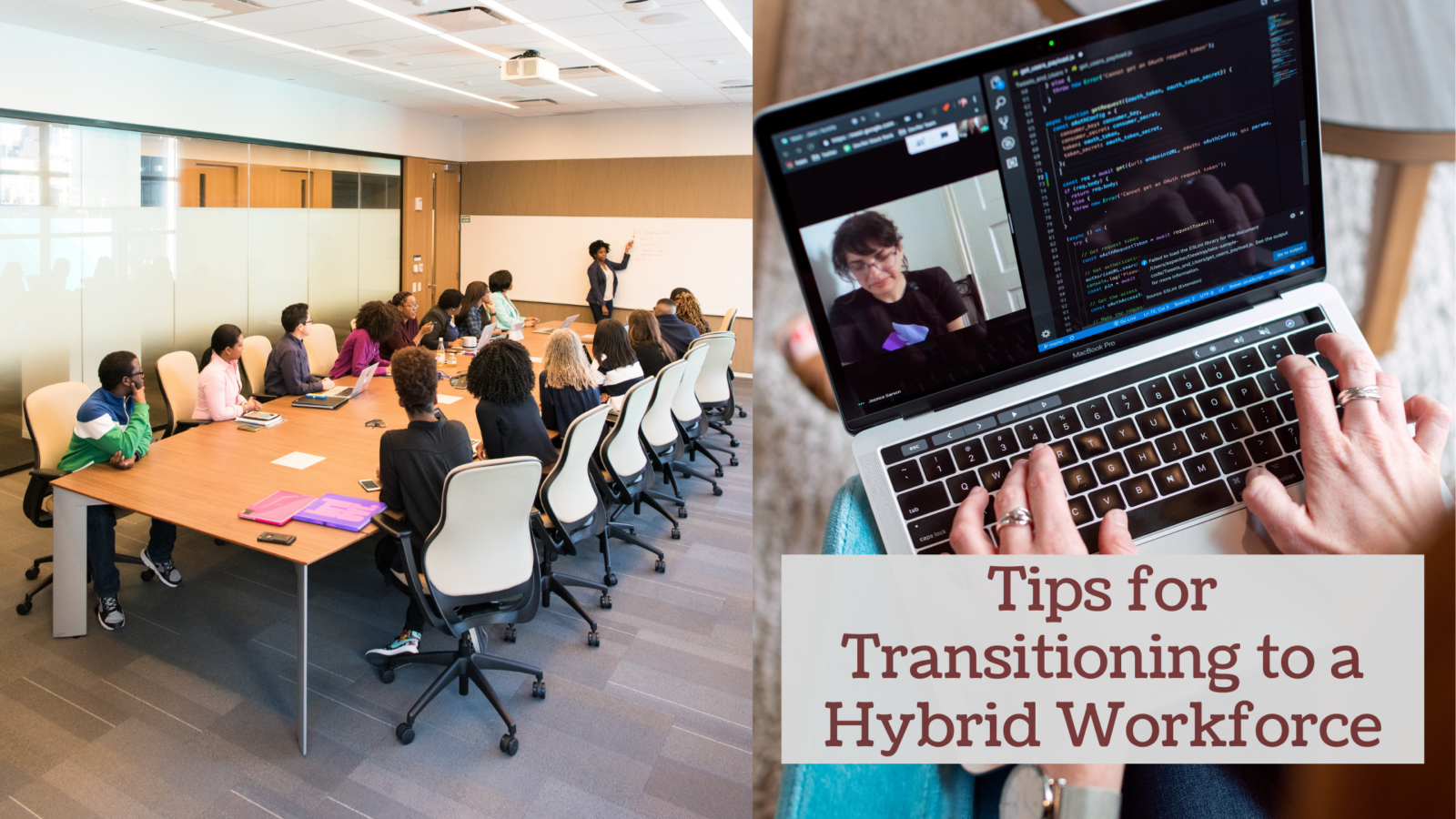Many businesses are still facing the changes brought about by COVID-19. One of these changes is the rise of the hybrid workforce. That is to say; companies now have employees both at home at heading to the office.
Certain complications come with this new change, yet there are undeniably many benefits as well. Therefore, it’s crucial for business owners and managers to prepare for this change and adapt accordingly.
Understanding the Pros and Cons
As mentioned earlier, some different pros and cons come with a hybrid workforce. Understanding both sides is the first step in preparing. Positive elements for this new work style include hiring regardless of locale, disability accommodation, reduced costs, and increased productivity. Meanwhile, some negatives can include losing team-building activities, reduced communication, complicated time zones, and in-office bias.
Embrace the Change
Once a company has decided to go with a hybrid workforce as an option, it’s essential to embrace this change. Acknowledge the many different ways in which this change can help your employees thrive.
According to research, employees who trust their organizations (and are happy with where they are) are almost 75% less likely to deal with stress and up to 40% less likely to have to deal with burnout.
Create a Strategy
Creating a strategy to deal with the changes brought by a hybrid workforce is vital. This strategy should include plans for communication, team building (in a remote and hybrid capacity), and more.
Additionally, it is important to address certain biases early on. For example, management, on the whole, will be inclined towards rewarding the employees that are physically present. However, this is a mistake that must be avoided, and training should be provided to managers to help them along.
Communication is Key
Communication is an integral part of any business, yet it is even more critical when dealing with a remote or hybrid workforce. Therefore, make sure that there is an open form of communication at all times.
For example, it is essential to ensure that remote employees are given the same level of information that in-office employees are offered and vice versa. There are plenty of tools out there, such as Dropbox’s Virtual First Toolkit, to help employees stay informed.
Article originally published on AlanRasof.net


